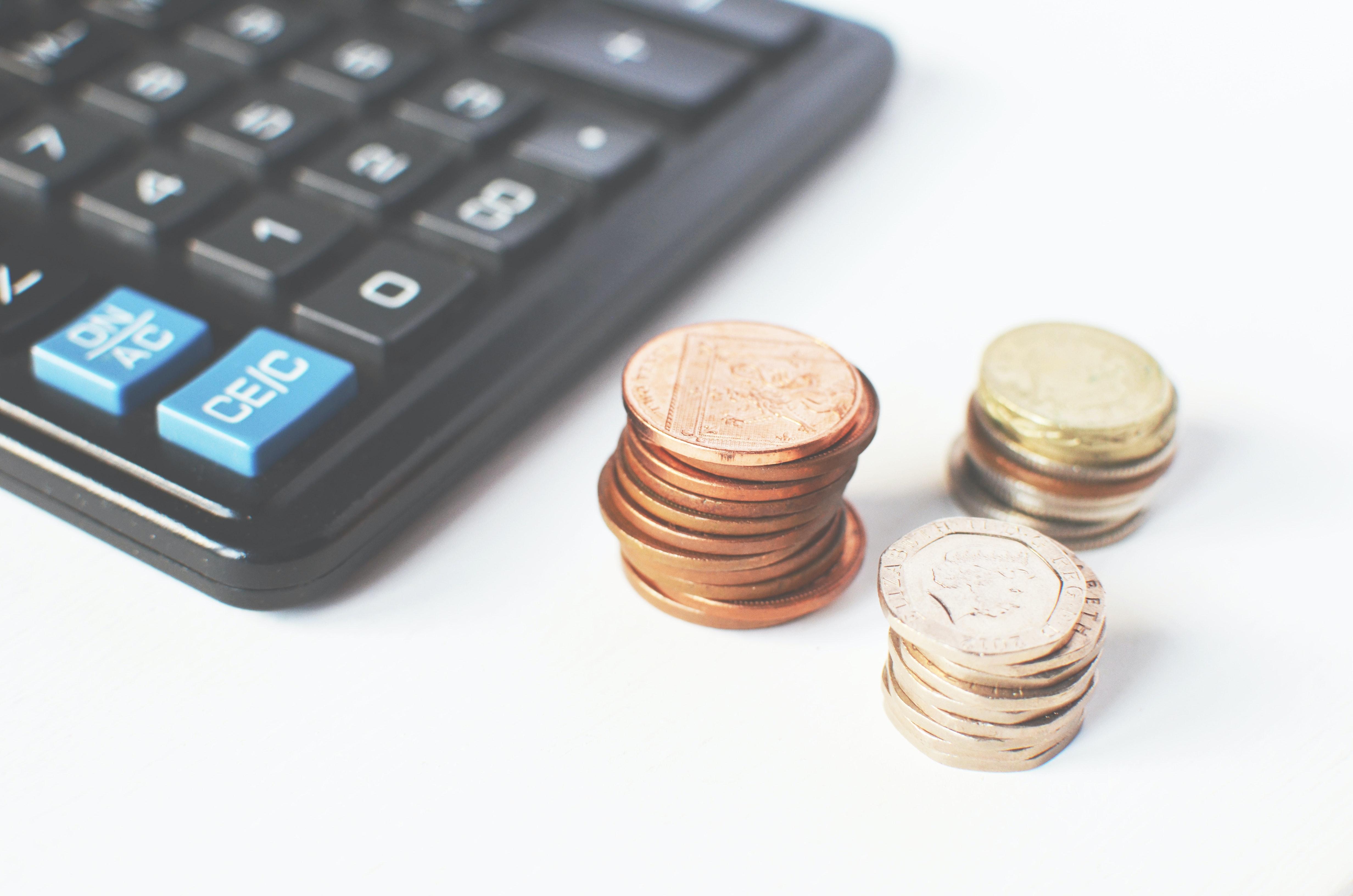8 ways to increase your runway
Raising interest rates, diminishing risk appetite among investors and uncertainty in the financial industry are all putting extra pressure on startups to achieve more with less. The environment where you could grow regardless of costs, has come to an end. Many entrepreneurs are facing difficulties raising next rounds or venture debt, while looking at depleting cash reserves. So far, 2023 has been defined as the year when runway and cash burn would be in the epicentre of startup survival and success.
In this article, we are sharing eight useful CFO tips to manage and extend your runway, while making sure, your business remains strong.

What is Cash burn?
Cash burn refers to the amount of money a startup is spending each month. There are 2 types of cash burn:
- Gross Cash burn, which is the total amount spent during the period and
- Net Cash burn, which is the total amount spent after taking into account the cash received from Sales.
A number of founders often calculate cash burn using EBIT or EBITDA from the P&L as an approximation. Keep in mind that this could lead you to very misleading results. Profit and cash defer substantially. The most accurate way of calculating burn is based on the real cash flows from the Cash Flow Statement, prepared by accounting or CFO.
Here is an example, a company has EUR 100K cash outflows and EUR 50K cash inflows. The Gross Cash burn in this case would be EUR 100K, while the Net Cash burn would be EUR 50K. Using the Gross Cash burn is more conservative and preferred when the company does not have a clear vision of its future cash inflows from clients, while the Net Cash burn is used when the company is more confident in its pipeline and its future prospects.
What is Runway?
Runway refers to the length of time that a startup can continue to operate before it runs out of cash. It is a crucial tool for budgeting, strategizing, forecasting, and fundraising through a startup’s lifecycle. It is calculated by simply dividing the cash reserves of a startup by its monthly burn rate. The runway can be based on the last month’s burn rate, which would assume the same level of burn going forward, or an average burn rate for the last 3/6/12 months. For instance, if a startup has EUR 1M in cash reserves and a burn rate of EUR 100K in the last month, its runway would be 10 months, given similar burn going forward. In other words, the startup can operate for 10 months before running out of cash. If the month in question presents an outlier, use the average cash burn for the last 6 months to get to a more accurate projection of runway.
8 Ways to Increase Your Runway
- Define non-essential costs: First on your To-do-list should be to define and cut the non-essential costs – these are costs that do not bring clear value to the company and may include services, products and personnel. Estimate efficiency of each cost you incur. Label the ones that could be reduced without hurting a) Sales & Marketing, b) Primary product development, c) Service provision to current clients, and d) Management of the business. Defer or cut them first-hand.
- Check for over hiring performed in the previous period and take action Many startups hired new team members in expectation for fast growth. In case this is not materializing, be prepared to take hard decisions.
- Renegotiate suppliers - Attempt to renegotiate terms with your suppliers. Check the option to negotiate monthly payments instead of annual prepayments as well as longer payment period to the invoiced received.
- Renegotiate clients - Attempt to renegotiate terms with your clients by offering discounts for annual prepayments, advance payments for future orders or pre-orders. Seek for options to maximize cash inflow to the company. Receiving a few large lump-sums earlier than expected can have a profound impact on the runway of the company.
- Defer costs that can be incurred later on – companies investing in R&D activities for Version 2 of their product, while still not having a validated product/market fit for Version 1, should make efforts to defer to product development costs, until they have high level of certainty for the demand. This includes costs of the prototypes, but also certifications and regulatory approvals. With less available cash, there is less room for error.
- Evaluate the price elasticity of your product – Price elasticity of demand is a measurement of the change in the consumption of a product in relation to a change in its price - how sticky is the product, how the demand reacts to changes of prices. Depending on the market and competition, increasing prices can lead to offloading some of the inflationary pressures to the consumer. In case of a) low elasticity (low potential change in demand upon increase in price) and b) high switching costs for the customer, discuss potential price increases.
- Managing inventory and accounts receivable can also help increase the runway. Inventory management is particularly important for manufacturing companies, hardware-as-a-service and e-commerce retailers. Overstocking means locked-up cash, so by optimizing the inventory levels to match actual demand forecasts, you can unlock substantial amounts of cash. Analyse your inventory and seek for options to minimize it. Regardless of the business, companies should diligently track their accounts receivables collection process and act promptly. By optimizing the inventory levels and reducing the time it takes to collect payments from customers, the company can free up cash that can be used to fund its operations.
- Secure Additional Funding: Securing additional funding is another way to increase the runway. This can be done by raising venture capital, crowdfunding, or borrowing from banks or other lenders. While this is another obvious way to increase the runway, fundraising in the current environment is particularly difficult. Investors are more critical than ever and are looking for outstanding metrics while at the same time are more risk-averse. Focus on being a “default-live” company and structure a realistic plan towards breakeven, focusing on sustainability of the business operations, potential for growth and quality of the team.
An alternative, which is worth pursuing during these times is a bridge investment. This is usually a smaller follow-on investment by the current investors and its goal is to provide sufficient capital to the company and “bridge” it to the next investment round. However, this should be part of a contingency plan when the company is running out of options and time, while still having miles ahead to conquer. The bridge loan provides time to achieve results, not just a lifebelt.
What is a Good Length of Runway for an Early-Stage Startup?
The length of runway required for an early-stage startup depends on various factors, such as its business model, market, competition, and growth potential. However, as a general rule, a startup should aim to have a runway of at least 12 months. Given the current environment, the fundraising process takes longer than usual, which would mean that a company must start fundraising when it has at least 6 months of runway. Furthermore, it is preferable to be more than that given that in order to fundraise, the company must achieve certain milestones, which would require some additional time as well. Given the slowdown in the VC activity in 2023 and the depressed Valuations, companies should be more resilient and try and extend their runway until 2024.
What are good metrics to track cash burn?
A key metric to track is the Burn Multiple (Cash burn/Net New ARR). Growth is always prioritized in good times, but during challenging times the burn rate is scrutinized and the growth must be efficient. The lower the Burn multiple, the more efficient the growth is, while the higher the multiple is, the more a startup is burning to achieve the incremental new growth. By tracking the metric and analysing it, a company can assess whether it needs to cut costs if the multiple starts increasing dramatically. Generally, a multiple below 1x is amazing, 1 – 1.5x is great, 1.5x – 2x is good, while anything above 2x indicates inefficient growth. However, a good multiple is different depending on the stage, 3x for a Seed stage, 2x for a Series A stage, 1x for a Series B stage and the multiple should approach 0x (zero) over time.
Wrriten by Angel Atanasov
At CFO Insights, we have supported many companies to analyze their financial position and identify alternatives to achieve profitability. With the right combination of expertise, preparation, and actionable insights, managers can successfully direct their company through a crisis—and arise stronger.
Contact us: office@insightscfo.com

